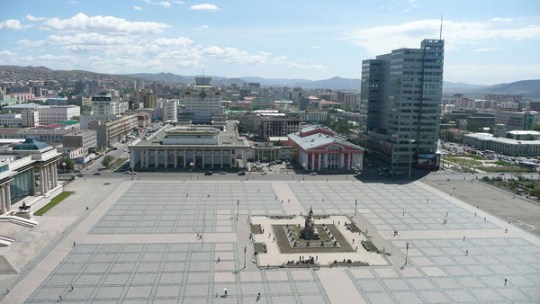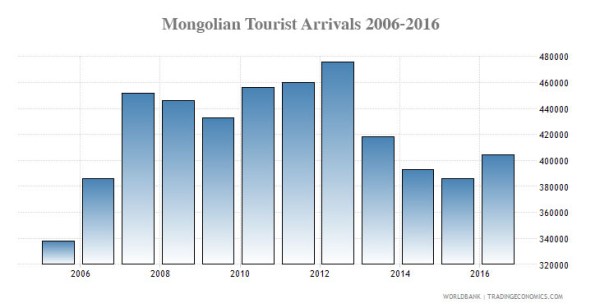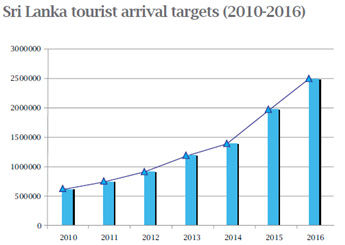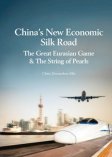Mongolia Needs to Sort its Tourism Industry Out. And that Means Re-Instating Visa on Arrival.


Mongolia’s Sukhbaatar Square. Where Is Everybody?
Mongolia. One of the most beautiful countries in the world, in my opinion, and the only horse cultured nomadic society on earth. Famous, and rightly so for its spectacular nature – there is everything here from rolling steppes, mountains, massive lakes and rivers, and deserts; the country has a lot to offer adventure travelers. Yet, from about ten years ago when I first published a Travel Guide to the country (free download here), its tourism sector has nosedived in recent years.
Strolling down Peace Avenue this past week has revealed a sad array of what used to be. What were popular, busy cafes have shuttered. Tourist companies offering treks and adventures have gone too. There used to be a lot of them along this stretch along Ulaan Baatar’s main city road, now the area is full of cheap, mainly dodgy looking bars, and inexpensive clothes shops. The main heart of Mongolia’s tourism industry has been stripped out. Why?
The main reason has been a misplaced sense of overly national pride. Ten years ago, the Mongolians were opening up their country, and tourism, mainly from Europe, with some intrepid Australians in the mix, began to boom. That continued, and was enhanced by a change in visa policy. Gone would be the Soviet era kerfuffle of having to apply via the Ministry of Tourism in Ulaan Baatar and then go to a Mongolian Embassy to wait several days – most EU nationals could apply for a tourism visa upon arrival at the airport. That gesture sparked an even greater boom in tourism, and Mongolia began to be on the map for Europeans looking for a real adventure. Then two years ago, when so much infrastructure and investment had been made in the industry, the Mongolia government rescinded the visa on arrival program and returned to the antiquated, time consuming, and frankly inefficient Soviet era model.
The reason given, apparently, is “that the EU nations did not reciprocate” in allowing Mongolians visa on arrival status to their respective countries. That was a political “tit-for-tat” response. The reason that the EU doesn’t give visa on arrival to Mongolians is due to the individuals who turn up seeking access and simply never return, disappearing into the EU’s black, illegal economy, where they are often exploited and used as cheap labor. An example of this can be seen in this overview of Mongolians turning up to enter the Czech Republic, an EU nation, seeking illegal entry via Slovakia. It is a theme repeated across the EU borders.
But seeking illegal entry is not the habit of European tourists in Mongolia. They will arrive, travel about a bit, spend some money, and leave. Yet Mongolia has seen fit to effectively shutter them out through recreating administrative visa difficulties. It doesn’t make any sense – other than that misplaced idea of national pride – to have done this. The country desperately needs foreign income and recently had to apply to the IMF for yet another financial bailout. Yet, it strangles a source of revenue all by itself.
Additionally, Mongolia is slipping behind in technology too. Small, yet emerging Asian countries such as Sri Lanka have employed an online visa service called ETA (Electronic Travel Authorisation) which is easy, fast, allows vetting by the Sri Lankan security and immigration services and make the processing and welcoming of tourist arrivals that much easier. Yet, Mongolia has failed to modernize, or invest. It is slipping behind as a result. Mongolia faces competition, and tourists do not have to come to the country. And increasingly they aren’t. Below is a comparison between the Mongolian and Sri Lankan tourism figures.


Although the Mongolian graph isn’t fully up to date, other statistics can point to the downward trend. According to Montsame, the national news agency, inbound tourists to Mongolia reached 76,000 in the first quarter of this year. Now is has to be said that the first three months of the year are pretty frigid in Mongolia and it is certainly not the height of the tourist season. But tellingly, that is down from a high of 475,000 for the same period in 2012.
The nation’s tourism industry provides employment, income, and the opportunity to create an industry with all its supporting elements – from ethnic arts and crafts to local food and beverages – for local Mongolians. Currently, an inflated sense of pride has tainted the views of the Mongolian politicians responsible for this decline and frankly economically stupid lack of investment.
The sad thing about this is that Mongolia traditionally, has always been hospitable and welcoming. In a nomadic society, one never knows when you might need the assistance and help of strangers in what can be harsh terrain and weather at times. Mongolian politicians have become too proud, and lost their sense of pragmatism. It is time for Mongolia to take a good hard look at its attitudes to the tourism industry, to foreign visitors in particular, and to take stock if the nation wishes to return to the traditional values of hospitality, or enter a nationalistic, administrative, and suspicious return to its old Soviet era attitudes.
Mongolia is at a crossroads in its current psychological development and appears to be defining tourism versus nationalism as a choice. Pulling back from this position and returning to traditional values can illustrate that both tourism and national pride can exist together and when in the right balance demonstrate to the world – as Mongolia has done before – that sense of national culture, friendliness, tolerance and acceptance that the country is so capable of delivering. It is time to rethink the visa policy.
About Us
Chris Devonshire-Ellis is the Chairman of Dezan Shira & Associates. The firm provides business intelligence services to foreign businesses and governments throughout Asia and the Silk Road region, and have a partner firm in Ulaan Baatar. Please contact the practice at silkroad@dezshira.com or visit www.dezshira.com
 Related Reading:
Related Reading:
Travel Guide To Ulaan Baatar & The Mongolian Countryside (Free download)
Mongolia Expat’s Travel Guide To Ulaan Baatar has been a runaway success since it was published, and has sold over 10,000 copies. The full proceeds from the sales of this book went to a Mongolian children’s charity chosen by the British Ambassador in Ulaan Baatar and was donated by Chris Devonshire-Ellis back in 2008. The book is a 140 page full color guide with over 250 photos.
Silk Road and OBOR Business Intelligence
Dezan Shira & Associates´ Silk Road and OBOR investment brochure offers an introduction to the region and an overview of the services provided by the firm. It is Dezan Shira´s mission to guide investors through the Silk Road´s complex regulatory environment and assist with all aspects of establishing, maintaining and growing business operations in the region.
China’s New Economic Silk Road
This unique and currently only available study into the proposed Silk Road Economic Belt examines the institutional, financial and infrastructure projects that are currently underway and in the planning stage across the entire region. Covering over 60 countries, this book explores the regional reforms, potential problems, opportunities and longer term impact that the Silk Road will have upon Asia, Africa, the Middle East, Europe and the United States.








